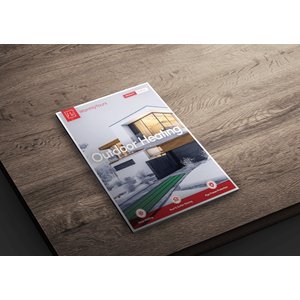Heat Tape for Pipes Customer Reviews
Rated 5.0/5 based on 3 reviewsWe take pride in providing both exceptional service and great electric radiant heating products. But don't just take our word for it, check out what some of our customers have had to say.
PRO-Tect: Pipe Freeze Protection Self-Regulating Heating Cable
Easy product to install. In stock and quick delivery. Great design support.
I have been a customer with WarmlyYours for about a year now, and i wanted to compliment the amazing products and customer service. Customer Service Representative, Troy, has been so helpful and prompt, it makes ordering a breeze
Ice Shield: Self-Regulating Roof and Gutter Deicing Systems
Product works great. WarmlyYours terrific; prepared me with all the necessary information for the installation and back end support if we needed it at the time of installation. I’ll be back.







